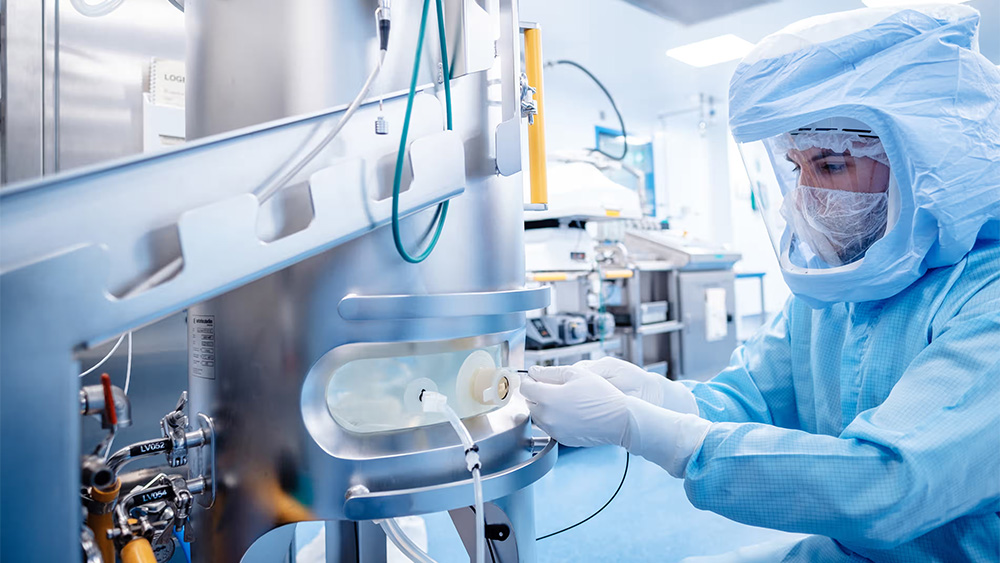BioNTech
The pandemic has seen an unprecedented global effort to accelerate the development of safe and effective vaccines as well as a rapid expansion of vaccine manufacturing capacity. However, challenges in further scaling up vaccine manufacturing capacity to meet higher-than-expected demand, and the resulting inequity in vaccine access, have highlighted that our past investments in building vaccine surge capacity were insufficient.
|
ADVERTISEMENT |
This is an issue vaccine companies, governments, and multilateral agencies must face squarely to improve medium-term access to Covid vaccines as well as to gird humanity better against future pandemics.
…

Add new comment